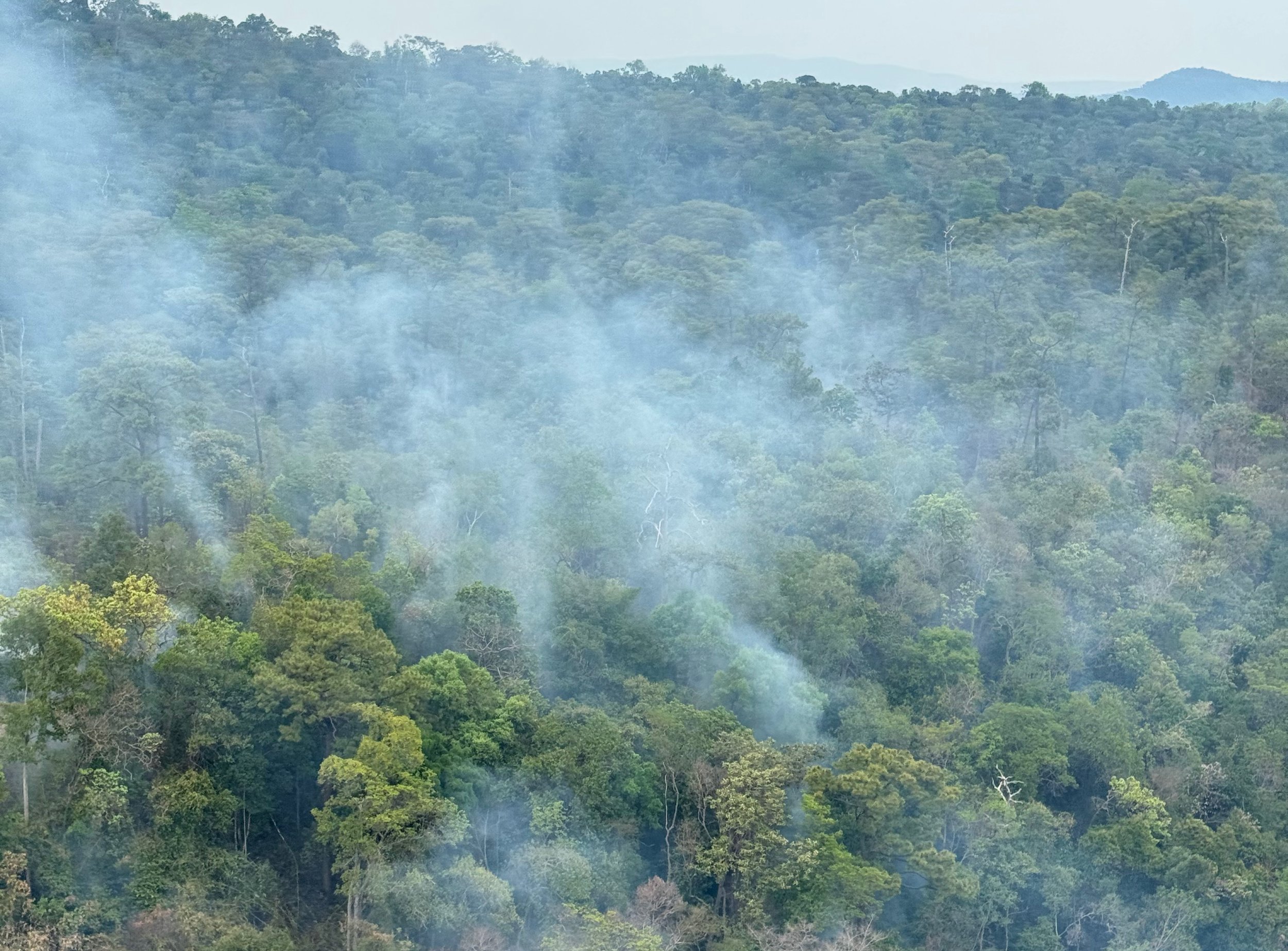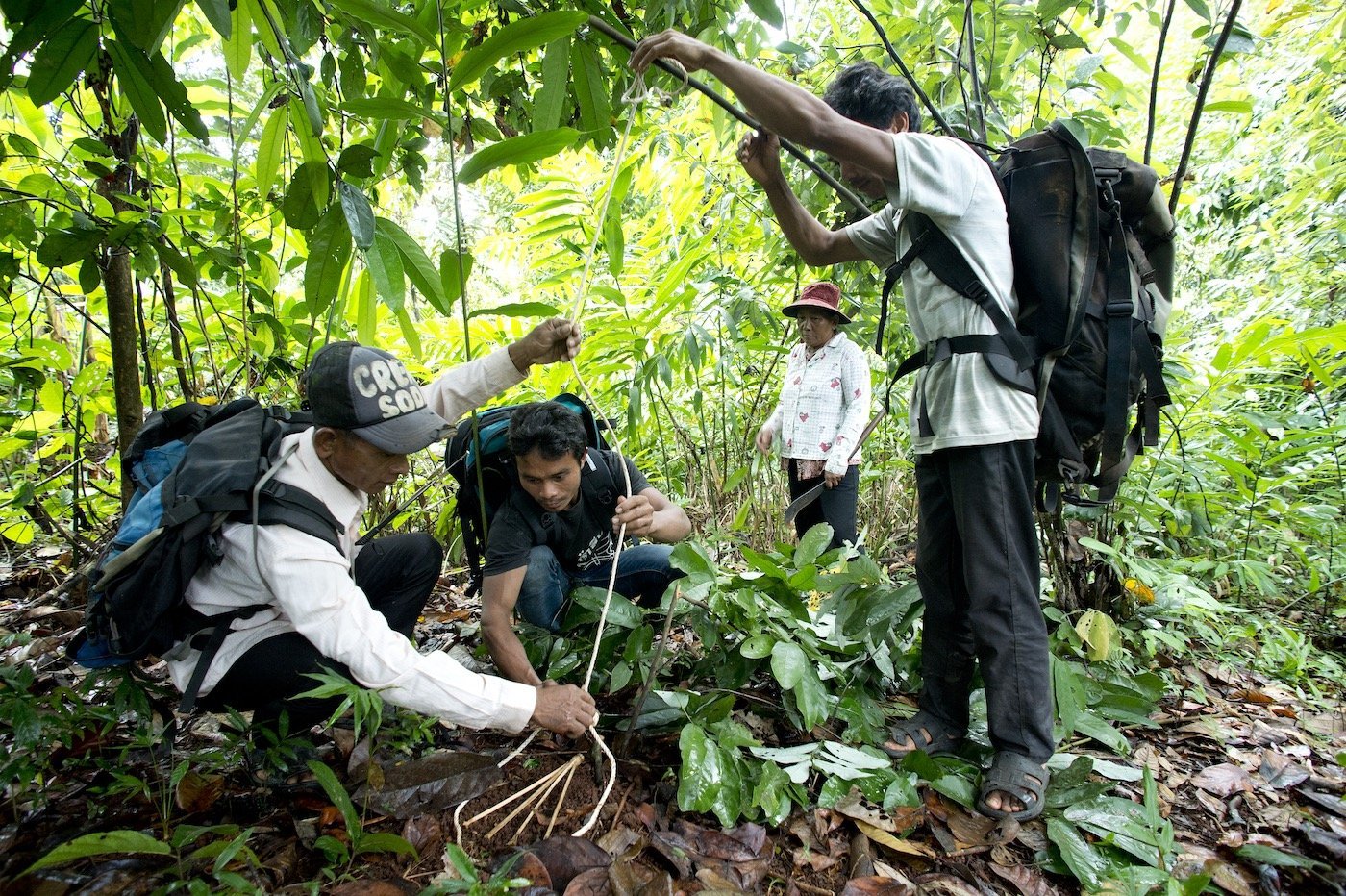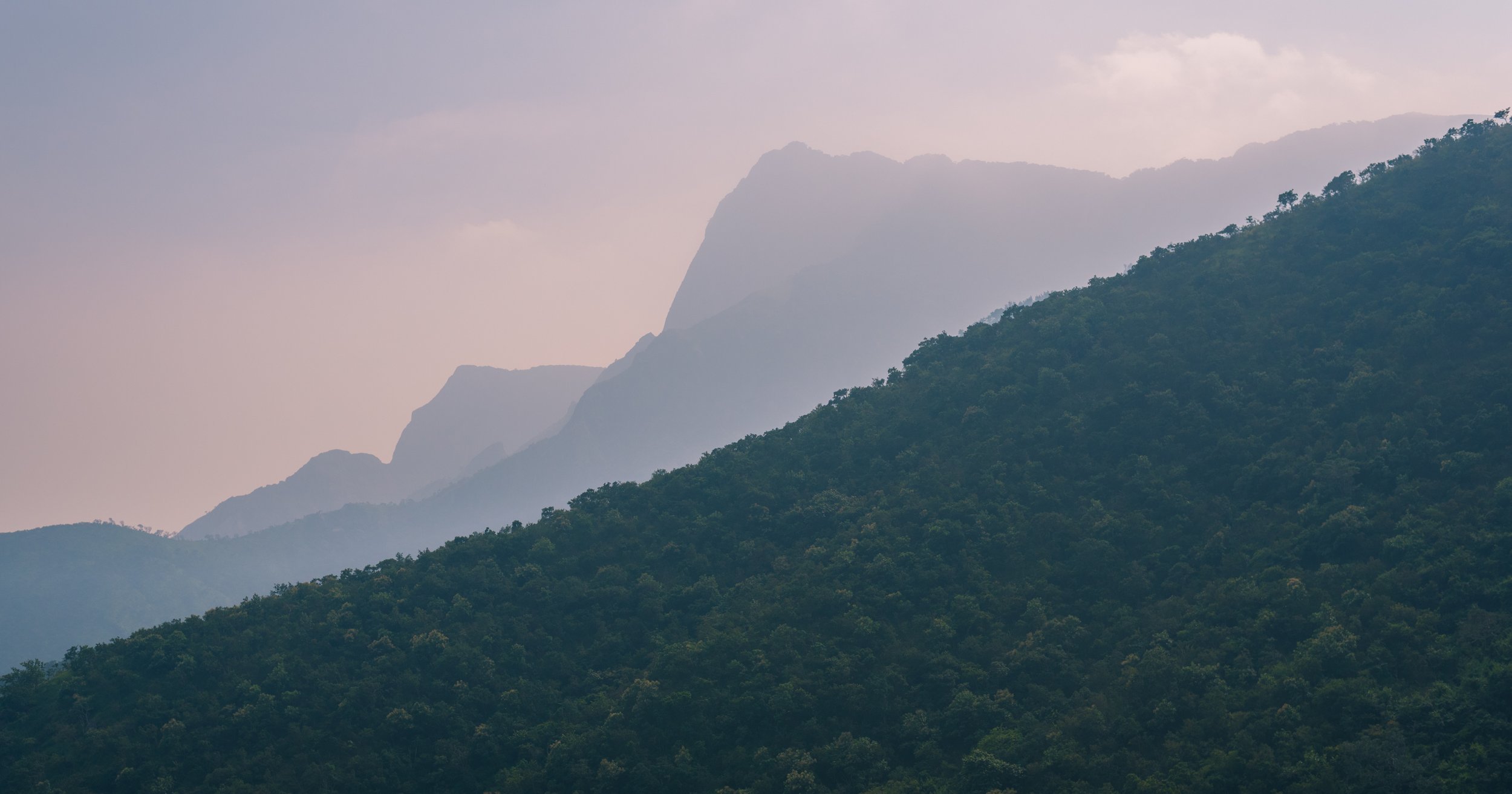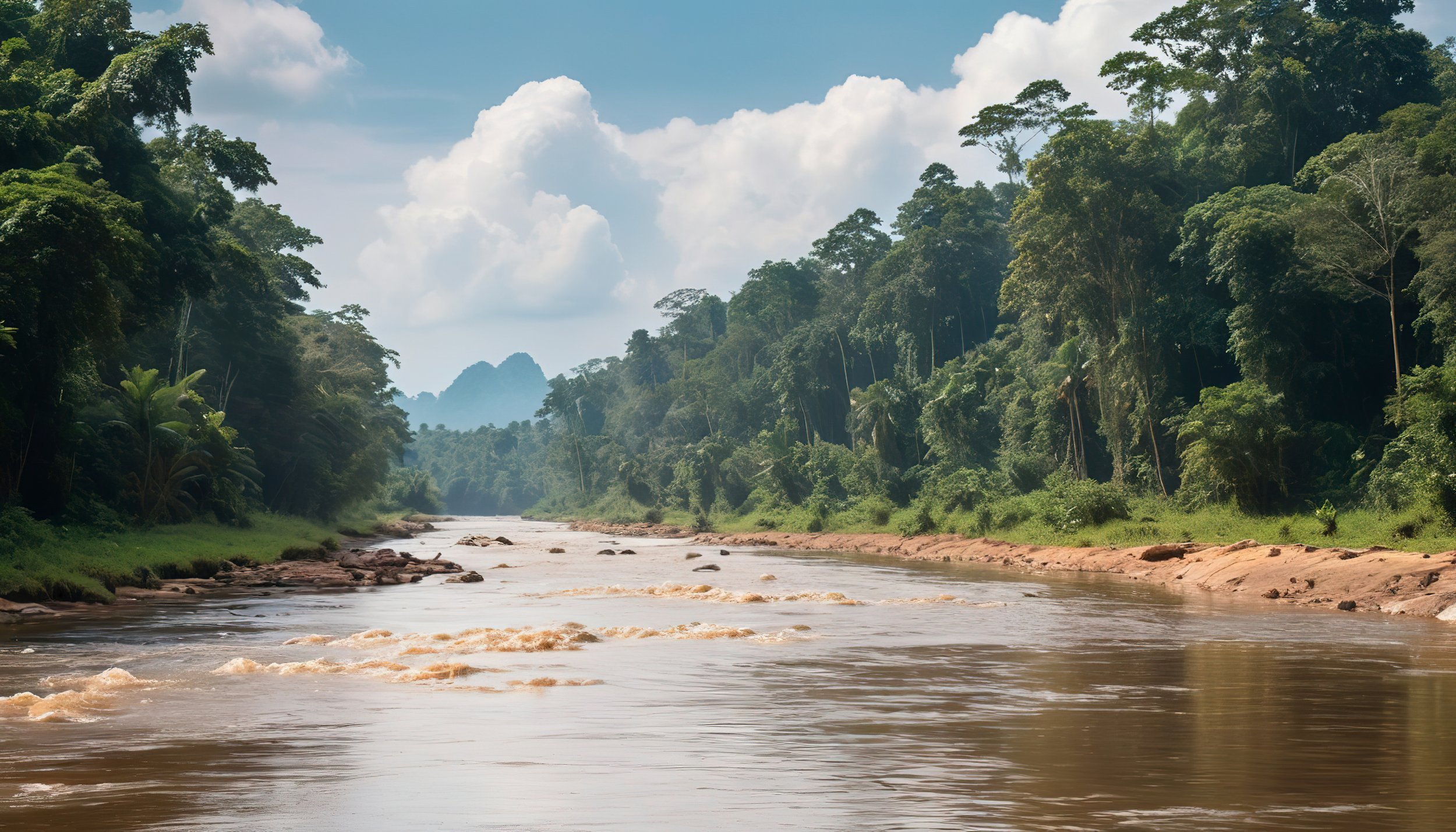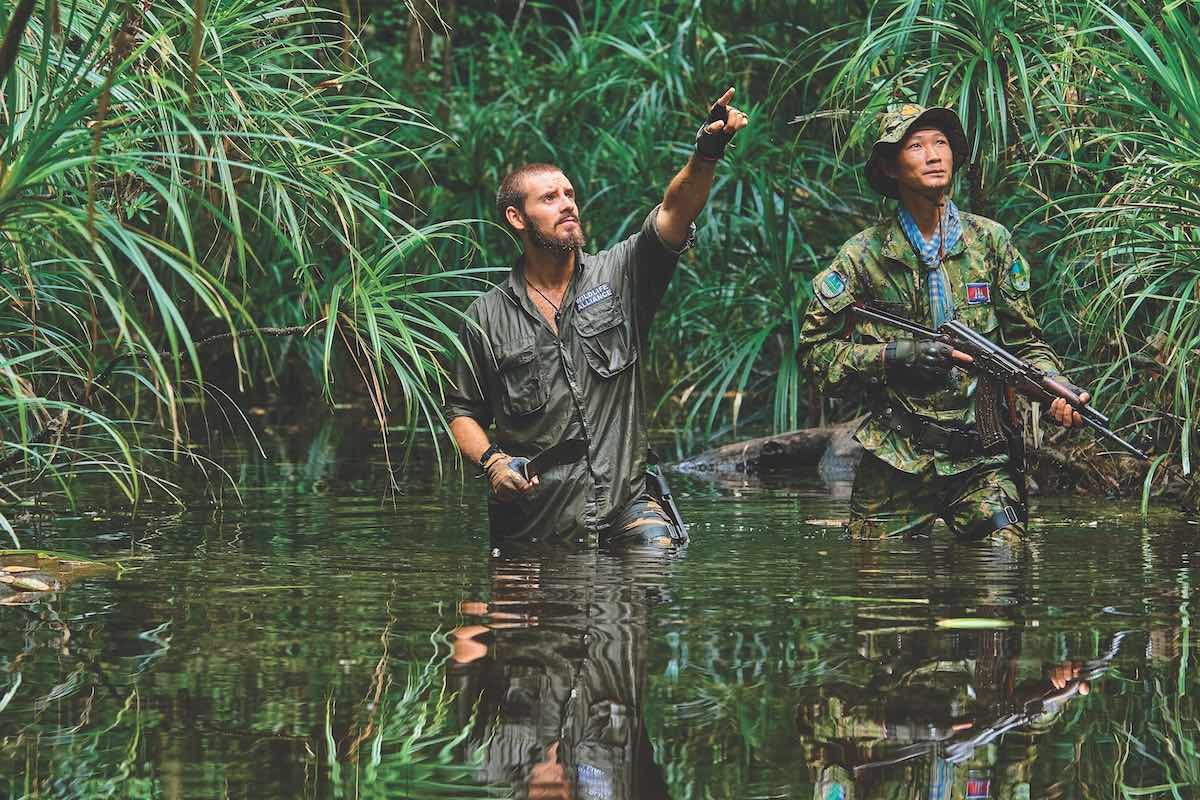Mission to Cambodia: Protecting Cardamoms National Park
National Park authorities partner with the Cambodian military to patrol the area and remove snares meant for the illegal wildlife trade.
Introduction
The Cardamom Mountains. The name evokes images of fervid green hills enveloped in mist, full of wild creatures that roam in the forest’s gloaming. That’s not far from the reality; Cardamom National Park and its surrounding mountains contain Southeast Asia’s largest surviving rainforest, a vast, exceptionally diverse wilderness which remains mostly unexplored.
One might imagine that the Cardamom Mountains still harbor the ghosts of the Khmer Rouge, who left this forest just over two decades ago. In the uneasy peace that followed the Cambodian Civil War, the Cardamom Mountains suffered rampant logging, poaching, and slash-and-burn agriculture as people struggled to find their way in this post-conflict era. The areas that survived that period, however, remain one of Southeast Asia’s most pristine expanses of wilderness.
Two hundred million hectares of rainforest once covered southern Asia, but only about 10 million hectares are left. One-fifth of that remaining forest is in Cambodia.
Natural Heritage
Cardamom National Park was gazetted in 2016, owing to the work of our partner, Wildlife Alliance.
The park consists of over 800,000 hectares of dense monsoon forest, melaleuca wetlands, mangroves, and a vast network of estuaries and rivers that course across the mountain slopes and into the Gulf of Thailand.
The Cardamom rainforest has the greatest watershed value of any forest in Cambodia, with a staggering rainfall of 3,500-4,500mm per year due to its dense evergreen forest cover and its position along the Gulf. Protecting this continuous forest canopy and the flow of water from the forest to the coast is a conservation priority for Cambodia.
This fragile forest conceals a menagerie of endangered wildlife species, including Malayan sun bears, elephants, gibbons, clouded leopards, Indian civets, banteng, dholes, gaur, and Sunda pangolins. In all, the park hosts more than 60 globally threatened animals and 17 globally threatened trees, many endemic to Cambodia. Here, one of the largest protected wild elephant populations in Southeast Asia rambles through one of Asia’s last unfragmented elephant corridors. In the rivers swim the exceedingly rare Irrawaddy dolphin, fewer than 100 of which remain in the world. Alongside those dolphins live some of the last populations on earth of Siamese crocodiles.
Recent Mission to Cambodia
In April 2024, the Global Conservation Executive Director, Jeff Morgan, went on a mission to Cardamoms National Park in Cambodia to assess progress in forest, wildlife, and community protection across over one million hectares of tropical forest, one of the last major intact forests of its size left in Asia.
ABC News foreign correspondent Bob Woodruff and camera teams joined Global Conservation to interview GC Partners in Conservation and key government officials, including the Deputy Prime Minister and Dr. Eang Sophalleth of the Ministry of Environment.
They covered hundreds of miles across the park and 12 communities, visiting 6 park stations, joining ranger patrols, and attending community engagement and enforcement strategy meetings.
GC has invested over eight years and millions of dollars to support the protection of Cardamoms National Park, deploying both Global Park Defense and Community Protection.
Land clearing, large-scale fires, or illegal logging destroyed less than 2% of the forest cover in these eight years, leaving one of Asia's last intact tropical forest ecosystems.
At the same time, Cambodia has lost 30% of its forests in the past 20 years, according to Global Forest Watch. In this context, the success of Global Park Defense and Community Protection to defend such a large undisturbed area for the people of Cambodia is impressive.
Second from left, Dr. Suwanna Gauntlett, Found and CEO of Wildlife Alliance.
The tireless efforts of Wildlife Alliance, our conservation partner, and CI Cambodia have significantly safeguarded the forests and wildlife from illegal wildlife poaching, hunting, snares, and poisoning.
According to estimates, the Cardamom Mountains provide goods and services worth more than US$1 billion annually, including timber, crops, carbon storage, non-timber forest products (such as medicinal plants), water, and recreation.
The Central Cardamom Mountains Landscape is home to more than 500 animal species, including over 50 species listed on the IUCN's Red List of Threatened Species, such as Asian elephants, Siamese crocodiles, the giant Ibis, hornbills, sunbears, clouded leopards, king cobras, pileated gibbons, and Sunda pangolins.
By deploying Global Park Defense and Community Protection to defend key sectors of the national park and assisting to secure long-term sustainable funding, Cardamoms National Park remains a stronghold for forest and wildlife conservation, despite ongoing battles against land encroachment and illegal industrial concessions (36 stopped to date).
After eight years of funding equipment, patrolling, aerial overflights, fuel, and rations, combined with multi-level training, Global Conservation is proud of the incredible progress and successful defense of this embattled national park.
Forest rangers place camera traps to both catch poachers and see what wildlife is in the area for population estimates.
GC Project Accomplishments
Global Park Defense
Community Protection
Long-term Financial Sustainability
Tiger Reintroduction
Global Park Defense
Global Conservation invested millions of dollars over eight years into supporting our Partners in Conservation and deploying Global Park Defense and Community Protection.
In 2023, Cardamom National Park became Cambodia’s largest protected area, covering nearly 1 million hectares, following the merger of the central and southern Cardamom national parks. Unifying two previously separate protected areas into a single 926,123 hectare (2.29 million acre) Cardamoms National Park
The Cardamoms forest has been effectively defended against constant threats through a combined Global Park Defense – park-wide communications, trailcamera surveillance, high patrol coverage, and dedicated Rapid Response Teams.
GC has supported the installation of many of the 1,203 demarcation posts, establishing clear zoning of forest and community areas through active engagement with local communities in GC-funded sectors.
Overall, forest and wildlife protection through more than 24,000 patrols has resulted in 442,870 hectares of rainforest preserved, 3,932 live animals rescued from hunters’ snares, 175,534 snares removed, 9,000 chainsaws and 864 guns confiscated, and 27,721 logs seized.
Areng Valley, Cambodia. What would have been a damn is now saved as a protected area.
Communities won a major victory when they canceled a major dam in the Arang Valley that would have flooded six villages. Regrettably, the Cambodian government is developing two new dams in Koh Kong, set to cost $447.5 million, and five operational hydropower projects are nestled within the Cambodian section of the Cardamoms.
Never ending, snare removal is an essential component of safegaurding wild habitats.
Between 2021 and 2023, Global Conservation also funded CI Cambodia Park, and the protection of wildlife led to the following outcomes:
Illegal logging/poaching camps identified and removed: 191
Snares Removed: 5,664
Chainsaws Confiscated: 448
25 instances of illegal logging were identified, involving 39.82 cubic meters of timber
Seizure and destruction of 28 vehicles, including 3 excavators, 1 truck, 3 hand-tractors, 12 motorbikes, and 8 carts
Two new ranger stations were established
Equipment and salary supplements for 42 rangers to patrol from six ranger stations
Patrols Conducted: 2,690 covering 20,154 kilometers using cars (3,422 km), on foot (2,286 km), by machine boat (485 km), and motorbikes (13,898 km) for a total of 487 patrols over 655 days and 168 nights
Map shows the approved sites of the Russei Chrum Kandal and Veal Thmor Kambot dams inside the Cardamom National Park. Credit: Mongabay.
Community Protection
One of the most important measures of Community Protection is land tenure by local people. Community land tenure was secured across 28 villages in 11 communes, delineating 12,248 land parcels covering 28,883 hectares of land.
Between 2015 and 2021, local communities worked to install 1,203 demarcation posts for the national park and community lands, which included ongoing engagement with over 1,000 local community members.
Community Engagement Teams held meetings in all 29 communities, covering more than 1,000 individual participants. Over 98% of participants supported the project.
Long-term Financial Sustainability
Global Conservation has helped to ensure long-term financial sustainability through support for three strategies:
Community-based Eco-Tourism
REDD+ Projects for Avoided Deforestation
Long-term Commitments from Bi-Lateral Government Agreements
Community-based Eco-Tourism
GC's support has also helped to create sustainable community-based tourism in three villages, including Chi Pat and Arang Valley, visited by 23,000 international and domestic tourists, generating nearly $1 million in revenues for local people and employing more than 300 community members.
REDD+ Projects for Avoided Deforestation
GC’s support assisted in the establishment of two breakthrough REDD+ Projects in Cardamoms National Park: the Southern Cardamom REDD+ Project (SCRP) and the CI Cambodia REDD+ Project through our critical funding for Wildlife Alliance and CI Cambodia before the sales of REDD Carbon Credits was possible. We anticipate the CI Cambodia REDD+ Project to be operational within the next three years.
Southern Cardamom REDD+ Project (SCRP)
The Southern Cardamom REDD+ Project (SCRP) began in 2015 and aims to avoid 3–4 million tons of emissions per year for 30 years. The project, implemented within the framework of VCS and CCB standards, covers an area of 493,582.6 hectares, which includes parts of Southern Cardamom National Park and Tatai Wildlife Sanctuary. It will protect a critical part of the Cardamom Mountains Rainforest Ecoregion.
The Southern Cardamoms REDD+ Project (SCRP) has secured over $100 million in REDD+ VCS Certified Carbon Credits, investing in park and wildlife protection and local community development programs in joint partnership with local communities for new investments of over $20 million in roads, bridges, health centers, sanitation, solar-powered water wells, scholarships, micro-credit schemes, and technical and financial support to develop successful community-based ecotourism, agriculture associations, and stores.
The SCRP accounting area, as defined by the VCS, is 442,871 hectares. The project’s climate benefits include the avoided emission of approximately 3,836,375 tons of CO2 equivalent during the third monitoring period and over 108 million tons of CO2 equivalent throughout the duration of the project.
The SCRP generates significant community and biodiversity co-benefits. New and sustainable livelihood opportunities (e.g., direct employment, alternative income-generating activities, and initiatives to stimulate investment in businesses) are designed to reduce pressure on the environment while significantly improving the community’s well-being. SCRP has benefited 5,980 families, including 3,024 in Project Zone communities, and has prevented 27.6 million tons of verified CO2 emissions to date.
Long-term Commitments from Bi-Lateral Government Agreements
Global Conservation co-funded the initial million dollar investment needed by CI Cambodia to secure long-term sustainable financing of $15 million over 10 years from the Legacy Landscape Fund (LLF) of Germany, including matching funding by Proctor and Gamble of $5 million.
Camera trap image courtesy of DNP/Freeland/Panthera.
Tiger Reintroduction – First in the World
For the first time in history, four tigers will be relocated from India to Cambodia to breed and re-establish a viable population in the Cardamoms National Park. Tigers need a large, continuous range, abundant prey, and protection from hunting. Cardamoms National Park offers a vast expanse of forest cover, grasslands, and wetlands that are ideal for tiger reintroduction.
The Cambodia Tiger Action Plan (CTAP), which reflects Cambodia's commitment to the TX2 global goal to double tigers in the next ten years, is expected to happen in 2024. At the Second National Forum on Protection and Conservation of Natural Resources in August 2017, the Wildlife Alliance was granted the endorsement of Cambodian Prime Minister Hun Sen’s for tiger reintroduction in Cardamoms National Park.
A 4km x 4km Tiger Reintroduction Center was built over the last year with the latest technology and enclosures for both tigers and their prey.
Tiger prey within the Cardamom Rainforest Landscape includes sambar deer, wild pig, red muntjac, and pig-tailed macaque. Their numbers are increasing across the landscape and the combined density of these species in the core zone of the Southern Cardamom National Park is estimated at approximately 7 individuals per km² .
The organization highlighted the manifold benefits that reintroducing tigers to the Cardamom Mountains would bring to the ecosystem.
Tigers, as apex predators, play a crucial role in maintaining the balance of nature and providing manifold benefits to the entire ecosystem. Tigers will keep prey populations under control, preventing overgrazing and associated environmental issues, and help regenerate forests by dispersing seeds.
Apart from ecological advantages, the reintroduction of tigers is also culturally significant. The Khmer people hold a profound bond with nature, and they revere tigers as emblems of strength, power, and equilibrium.
India and Cambodia signed a memorandum of understanding (MoU) on November 12, 2022, which is a promising step towards tiger conservation in Cambodia. Under the agreement, four tigers—three female and one male—will be sent from India to the Cardamoms. If the project goes smoothly, 12 more tigers will be imported over the next five years.
Camera trap image courtesy of DNP/Freeland/Panthera.
The tiger reintroduction zone, located in the Tatai Wildlife Sanctuary in the southwestern province of Koh Kong, will have metal fences, cages, and ponds for tiger breeding.
Given India's status as a world leader in tiger conservation, this MoU represents an opportunity for Cambodia to learn from India's best practices and potentially once again become a homeland for tigers.
The World Wide Fund for Nature (WWF) declared tigers "functionally extinct" in the Southeast Asian country in 2016 after a camera trap in the Srepok Wildlife Sanctuary of northeastern Mondulkiri province captured the last big cat in 2007.
The Ministry of Environment, in collaboration with the Wildlife Alliance, has designated a 90-hectare protection area inside the Tatai Wildlife Sanctuary in the Cardamom Mountains for the reintroduction of tigers. A total of 410 camera traps will be installed at one-kilometer intervals in the designated zone to monitor wildlife, particularly those preyed upon by tigers such as deer and wild boars.
If tiger reintroduction is successful, Cambodia is expected to reap significant benefits from tiger-focused ecotourism. Taking India’s positive examples, tiger-focused ecotourism can create job opportunities, provide alternative livelihoods to poaching and logging, and boost the development of the province by bringing in infrastructure such as better roads, electricity, water, and schools.
With ecotourism, local people can stop dangerous and illegal work like cutting trees or trapping animals, as long as there are more jobs for local tour guides, drivers, and service workers at guest houses and restaurants.
What's Next for Global Conservation in Cambodia
While nearing the end of our typical 5 to 6 year GC Project of Global Park Defense and Community Protection, Global Conservation has committed to providing additional support for aerial overflights, community engagement teams, motorcycles and drones, and training for the MoE Ranger Teams in the coming years.





